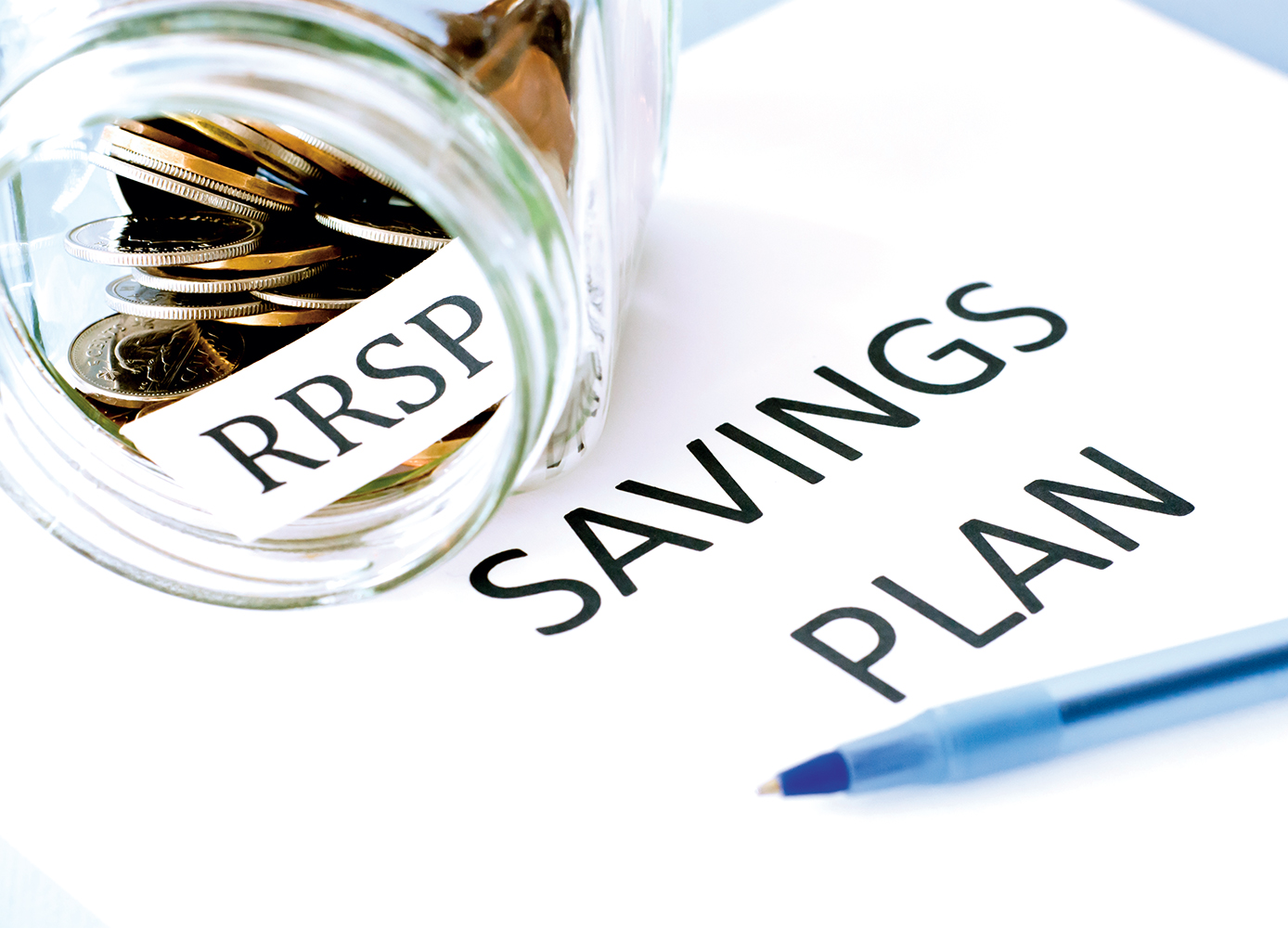If you qualify for this supplement to government benefits—or you will in the future—you need to understand how it works to ensure that you don’t lose money you’re meant to have
By Olev Edur
Photo: iStock/bowdenimages.
For Canadian retirees struggling to get by on very low incomes, the Guaranteed Income Supplement (GIS) can be a godsend. Depending on your financial circumstances, you could be entitled to almost $900 a month, or almost $10,800 a year, in additional tax-free income. Couples could receive even more between them.
(All dollar figures in this article are based on benefit rates in effect as of June 2019, but the relevant figures are indexed to inflation and adjusted quarterly. Figures are also based on your meeting the residency requirements for a full Old Age Security (OAS) benefit, since GIS is an adjunct of OAS; lesser OAS entitlement translates to lesser GIS benefits (refer to the government website at canada.ca for a complete explanation of the OAS eligibility rules; search for “Old Age Security-Eligibility”).
The GIS rules relating to income are rather stringent, though, so if your retirement income is or will be low, it’s important to think about your retirement strategy as early as possible in order to maximize the benefits to which you may be entitled. In particular, you should understand that, in general, every dollar of income you receive (from sources other than OAS) will reduce your GIS entitlement by 50 cents the following year.
Furthermore, income tax may also be applied to a portion of these other earnings, meaning that you could effectively end up keeping only 25 or 30 cents of each dollar you earn. (The GIS clawback is not to be confused with the OAS recovery tax, which begins to apply once net income exceeds roughly $75,000 for 2018.)
As a result of the GIS clawback, the benefit shrinks to nothing once a single person’s other income reaches $18,240. In the case of spouses/common-law partners, if both partners receive full OAS benefits, then the maximum monthly GIS benefit is $540 a month each, or $6,480 a year, and it disappears entirely once your combined incomes (excluding OAS) exceed $24,096. If only one partner receives OAS benefits, the maximum GIS benefit is again $900 monthly and disappears when combined incomes reach $43,728.
(A separate Allowance is available for spouses aged 60 to 64—on reaching 65, they’d become eligible for OAS/GIS instead)—and an Allowance for the Survivor is available to widows/widowers of OAS pensioners, with the rules and intent generally the same as for GIS.)
As discussed below, proposals contained in the March 2019 federal budget would help alleviate the stringency of these GIS rules for many retirees, leaving more money in their admittedly thin wallets. Nevertheless, if it seems you will be entitled to at least some GIS when you reach age 65, it’s imperative that you try to minimize your other income wherever possible.
Minimizing “Other” Income
Since the Income Tax Act requires you to report all the income you earn each year (with certain exceptions as specified in the Income Tax Guide) and forbids you from transferring income from one year to the next, how do you go about reducing your exposure to the GIS clawback?
As has been stressed repeatedly in these pages over the past 25 years, the first step should be to avoid RRSPs and RRIFs. That’s because once you begin collecting GIS, every dollar withdrawn from these plans results in your benefits being reduced by 50 cents, possibly more if income tax applies. Because of this draconian penalty, it may even be worthwhile to withdraw all your money from these plans, pay the tax, then put the remaining money into a Tax-Free Savings Account (TFSA), from which withdrawals no longer count as income. In fact, even if the money is left in an unregistered account, only the income it generates, rather than the entire amounts withdrawn, would be subject to the clawback.
This total withdrawal strategy is most effective when the RRSP/RRIF is relatively small. It’s not wise to withdraw large sums that put your total income into higher tax brackets approaching 50 per cent, because you’d lose almost as much as with the clawback, and you’d also lose the benefits of tax-free compounding within those plans.
If, however, you still have a few years until you reach 65 and will be eligible for GIS, you might be able to effectively collapse a $50,000 RRSP, say, by spreading withdrawals out over three or four years to avoid higher tax rates. Even if you’re already 65 and collecting GIS, it may be worthwhile to close, for ex-ample, a $20,000 RRSP in one year or a $30,000 RRSP in two years, losing all your GIS for the following year or two, but then regaining your full entitlement in future years, as opposed to making minimum withdrawals every year and losing all or a portion of your benefits for many years to come.
The Employment Income Exemption
If you’re still working as you collect GIS, there’s currently an exemption on the first $3,500 of employment income, meaning that your benefits wouldn’t disappear entirely until “other” income (including wages) reaches $21,740 (for a single person). But the March 2019 budget proposed three major enhancements to this exemption, starting in 2020:
• The current limit of $3,500 is to be increased to $5,000.
• A partial exemption is proposed on the next $10,000 of employment income, meaning that your clawback will be only 25 per cent on employment income between $5,000 and $15,000.
• The new exemption rules will apply to both self-employment and employment income.
According to the most recent Canada Revenue Agency (CRA) income statistics (for the 2015 taxation year), almost 813,000 Canadians aged 65-plus earned an average of $36,234 from employment that year. While many of these employees would have had incomes too high to be eligible for GIS regardless of the exemption, many others, part-timers in particular, would have benefited greatly from these increased limits.
Similarly, CRA stats show that another 234,000 people aged 65-plus earned an average of $9,214 from self-employment income in 2015. The majority of these people could have undoubtedly benefited from the inclusion of such income in the GIS exemption rules (provided, of course, that they weren’t earning employment, investment, or pension income at the same time).
Taken together, these changes to the rules should benefit hundreds of thousands of low-income seniors to the tune of as much as thousands of dollars per year, as well as being a great incentive for others to go back to work. After all, many would benefit psychologically, too, from the chance to put their experience back to work part-time. Working retirees often report that working gives them an enhanced sense of self-esteem and purpose; that’s worth something in itself.
New Deferred Annuity Option
The budget also proposed that starting in 2020, retirees with certain types of registered plans will have a new rollover option after age 71 in the form of an advanced life deferred annuity (ALDA). These annuities will be available to those with RRSPs, RRIFs, deferred profit sharing plans (DPSPs), pooled registered pension plans (PRPPs), and defined-contribution registered pension plans (RPPs). Unlike regular annuities that commence payments within a year of purchase, payments from an ALDA can be deferred until as late as the year you turn age 85.
An ALDA’s value will be excluded from the minimum withdrawal calculations that apply to RRIFs, PRPPs, and defined-contribution RPP accounts, and thus would enable you to defer the GIS clawback on up to $150,000 for up to 14 years, allowing that money to continue compounding untaxed. Thus, it represents an entirely new retirement income planning tool; for some, it could be as valuable as the expanded GIS exemption might be for working retirees.
Rather than having to collapse your registered plan and pay a hefty tax to maximize your future GIS benefits or suffering a 50 per cent levy, you’ll be able to put the money into an ALDA instead, provided of course that you’re able to get by without accessing those funds. At age 85, you’d still have to start withdrawing these funds and might lose all or most of your GIS benefits thereafter. But, given Canadians’ average longevity of 81 years, this may never come to pass and the money could go into your estate (or to a beneficiary) intact or nearly so. And, unless you foresee living to age 99, the benefits of deferral may still exceed the GIS costs.
As such, ALDAs represent a viable solution to the question of what to do about that RRSP or RRIF. The hitch is that both ALDAs and the new employment exemption rules don’t kick in until 2020. With a federal election due this fall, all of these proposed GIS measures may never see the light of day if the Liberals lose.
Accordingly, it may be premature to take any action predicated on their enactment. This is especially the case for ALDAs, which the budget acknowledges are not yet fully fleshed out. Nevertheless, some thought should be given to how they might fit into your financial plans for retirement.
The OAS Deferral Option
Under current rules, you can choose to start receiving OAS (and GIS) payments at any time between 65 and 70 years of age and, for each month after your 65th birthday that you defer the start of your OAS pension—until the month before you reach 71—the amount will go up by 0.6 per cent per month (or 7.2 per cent per year); you can delay payments even further, but the benefits won’t increase any further (beyond the normal annual indexation amounts).
By deferring OAS, you’d also be deferring GIS, so if you’re still working and earning a decent income, or if you have sizable registered assets, you may be able to survive on these funds until age 70. At that point, higher GIS benefits would help offset the reduction in your registered savings or compensate in part for your no longer working or working less.
Finally, it should be noted that all of the foregoing can involve some pretty complicated cost/benefit calculations, since they can be affected by your age, your marital status, your “other” income and/or registered plan assets, your estimated lifespan, and possibly other factors such as occasional income sources. You have to do the math, but if math isn’t your strong suit, some professional assistance from an advisor familiar with all the OAS programs may be in order.






